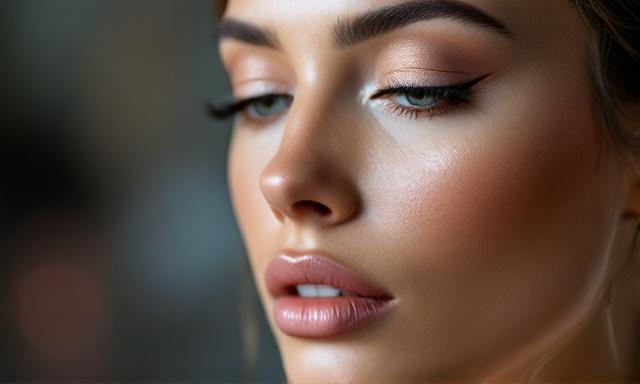
The Art of Consistency
Refining Makeup Techniques for Cohesive Looks
Building Your Makeup Foundation
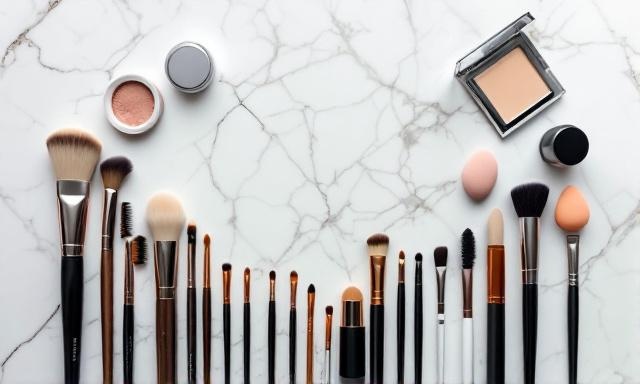
As someone who's worked extensively in fashion, I can tell you that having a
consistent makeup routine is absolutely crucial for achieving reliable results
every single time. When I first started doing my makeup, I would randomly apply
products however I felt that day, leading to unpredictable and often
disappointing outcomes. Now I know that following the same steps in the same
order helps develop muscle memory and ensures my makeup looks polished whether
I'm rushing to work or getting ready for a special occasion.
I've learned that investing in the right tools makes all the difference in
creating a flawless foundation routine. My must-have items include a quality
foundation brush or sponge, a precise concealer brush, and a powder brush that's
soft but dense enough to press product into the skin. I always keep these tools
clean and replace them regularly to prevent bacteria buildup and ensure smooth
application every time.
Through years of trial and error, I've discovered that the order of makeup
application can make or break your final look. I always start with skincare,
followed by primer, foundation, concealer, and setting powder. This sequence
allows each product to blend seamlessly into the next and creates the most
natural-looking result. When I stick to this order, my makeup not only applies
better but also lasts significantly longer throughout the day.
Mastering Your Face Shape
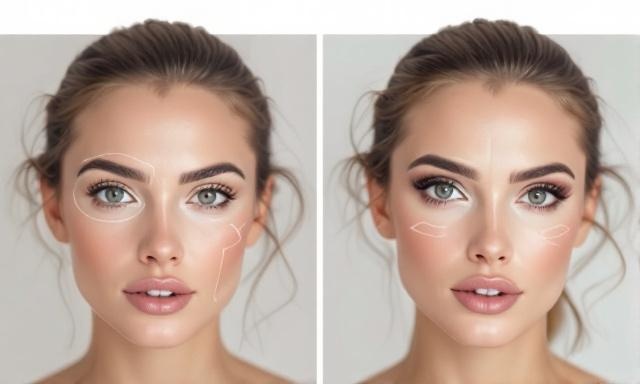
Understanding your unique facial features is the foundation of any successful
makeup routine. I spent years studying different face shapes and features in my
design work, and I've learned that everyone's face tells its own story. Taking
time to really examine your face shape, eye placement, lip fullness, and natural
contours helps you identify which areas to enhance and which techniques will
work best for your specific features.
Your natural bone structure should guide your makeup application techniques. I
always emphasize working with what you have rather than trying to completely
reshape your features. For instance, if you have prominent cheekbones, you might
only need a light touch of contour to enhance them, while those with softer
features might benefit from more defined contouring techniques to create subtle
dimension.
Strategic product placement is essential for creating balanced, harmonious looks
that enhance your natural beauty. I focus on placing highlighter on the high
points of my face where light naturally hits, applying blush slightly higher on
the cheekbones for a lifting effect, and using bronzer to frame the face along
the hairline and jawline. This thoughtful approach to placement ensures that all
elements work together to create a cohesive, naturally beautiful result.
Color Theory in Practice
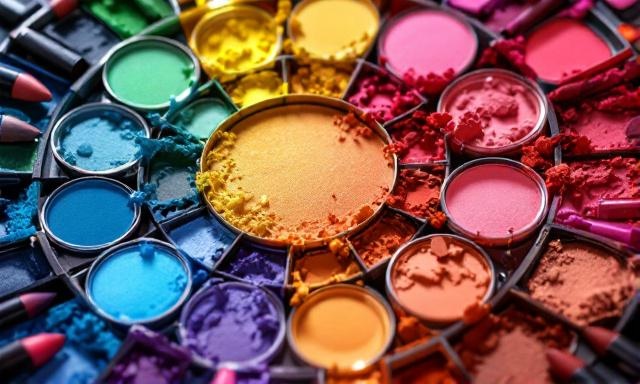
Finding the right shades for your skin tone doesn't have to be complicated. I
always recommend testing foundation colors along your jawline in natural
lighting, and choosing one that seems to disappear into your skin. For other
complexion products like bronzer and blush, I select shades that mimic the
natural colors my skin develops when I'm slightly tanned or flushed to ensure
the most natural-looking result.
Creating beautiful color combinations is easier when you understand basic color
theory. I typically choose one focal point, whether it's the eyes, cheeks, or
lips, and keep the other elements in complementary but softer tones. When I wear
a bold red lip, I pair it with neutral eyes and subtle blush to maintain
balance, while a smoky eye looks best with nude lips and softly defined cheeks.
Understanding your undertones is crucial for selecting the most flattering
makeup colors. I've found that my warm undertones mean gold jewelry looks better
on me than silver, and warm-toned bronzers and blushes enhance my complexion
more naturally than cool tones. This knowledge helps me choose foundations,
concealers, and color products that truly complement my skin rather than clash
with it.
Adapting Techniques for Different Occasions
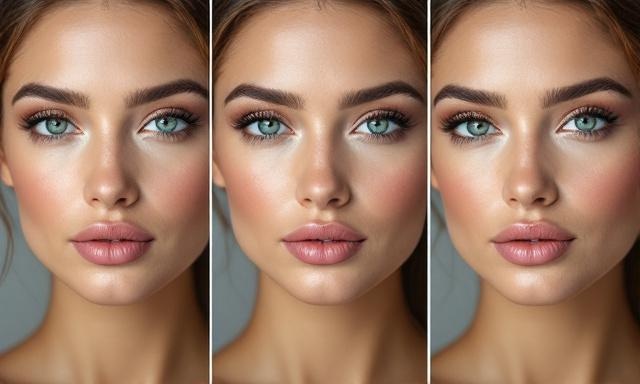
Transitioning your makeup from day to evening should be simple and stress-free.
I keep a few key products in my purse that can easily transform my look, such as
a darker lipstick or a small eyeshadow palette. Adding depth to the outer
corners of my eyes, intensifying my lip color, and touching up my complexion are
usually all it takes to make my makeup evening-appropriate without starting from
scratch.
Different lighting conditions can dramatically affect how your makeup appears.
I've learned to adjust my application technique based on where I'll be spending
most of my time. For outdoor daytime events, I use a lighter hand and focus on
long-wearing, natural-looking products. For evening events with artificial
lighting, I slightly intensify my application to ensure my features remain
visible and defined.
Maintaining consistency in your makeup routine while experimenting with
different products is totally achievable. I stick to the same application
techniques and placement even when trying new items, which helps me achieve
reliable results regardless of the specific products I'm using. This approach
allows me to expand my makeup collection while still creating cohesive, polished
looks every time.
